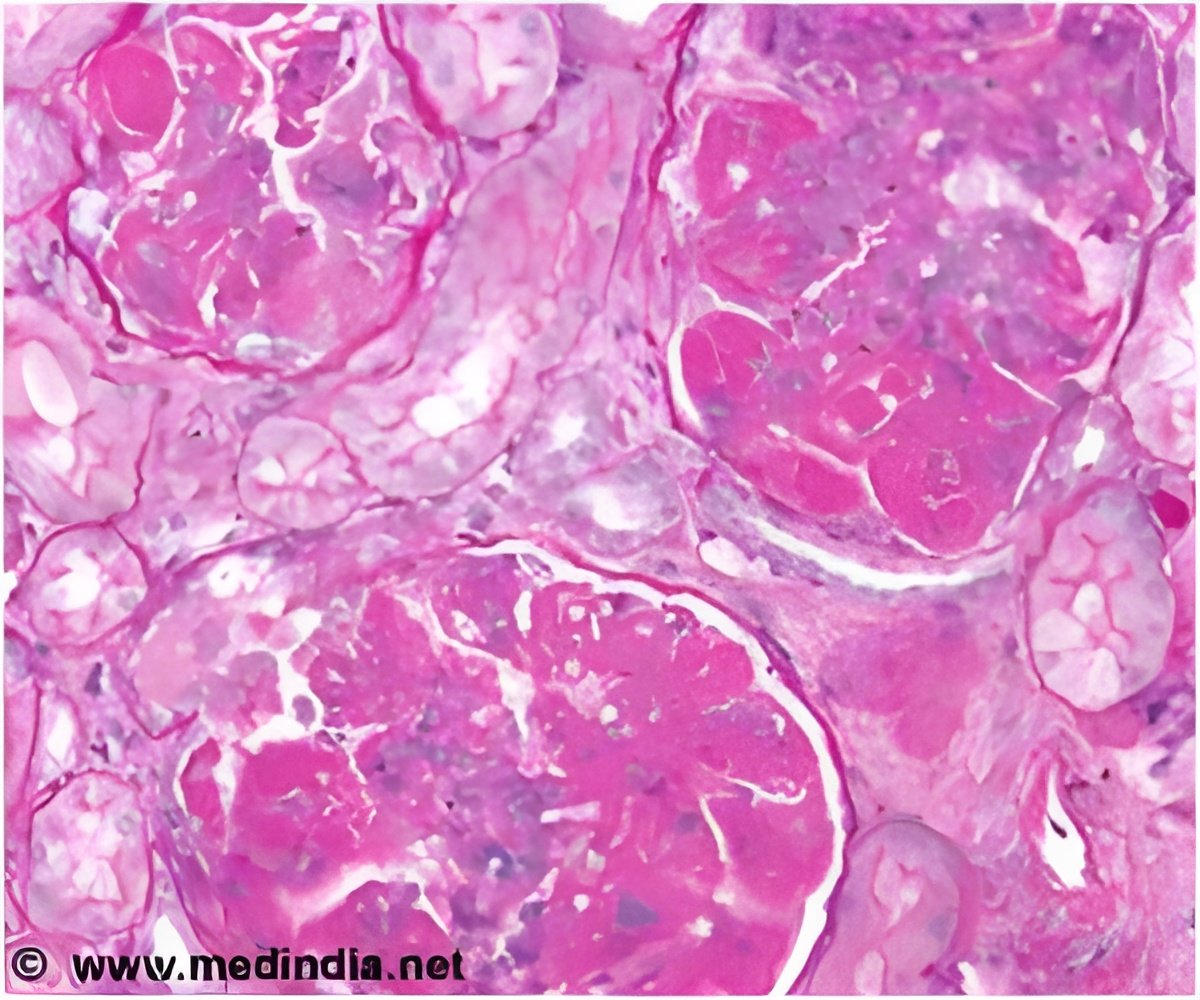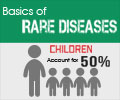Diagnosis of lupus nephritis is often delayed with more than 60% of diagnosed prevalent cases of lupus nephritis seen in class IV and V in the UK.

TOP INSIGHT
Diagnosis of lupus nephritis is often delayed with more than 60% of diagnosed prevalent cases of lupus nephritis seen in later stages – class IV and V in the UK. Thus increased awareness of these rare diseases may help in developing prompt diagnosis and treatment strategies that would improve the quality of life in affected individuals.
Common symptoms of lupus nephritis include foamy urine, edema (swelling due to excess body fluid) in the legs, feet, or ankles, and less often in the hands or face, and high blood pressure.
Rare diseases affect millions of people worldwide and around 300 million people worldwide are affected by 6,000 identified rare diseases. Although most of these rare diseases are due to genetic predisposition, almost 30% result due to infections, allergies, and other environmental causes.
"Rare diseases such as lupus nephritis are continually being discovered. As such, COVID-19 could play a role in the development of a new rare disease. While the COVID-19 pandemic is still ongoing, it is difficult to predict what residual effects will be seen in populations affected by the virus. However, there have already been reports of 'long COVID-19', where symptoms persist for over three months after a patient is diagnosed. Those with long COVID-19 will need to be monitored and evaluated further to get a better understanding of this disease, which may evolve into rare disease, " says Okeke.
The present data thus portrays the fact that increased awareness of the rare diseases may help in developing prompt diagnosis and treatment strategies that would improve the quality of life in affected individuals.
- Around 1.5 million Americans, and at least five million people worldwide, have a form of lupus, developing between the ages of 15-44 as per the estimation of the Lupus Foundation of America
- The incidence of the disease, frequency of its manifestations, and its therapeutic response depends greatly on sociodemographic factors such as sex, race, and ethnicity
- Women (90%) especially those of childbearing age are most commonly affected as compared to men, children, and teenagers
- 50% of patients with SLE carry a major risk for developing lupus nephritis that contributes to overall morbidity and mortality in SLE
- An estimated 10% of patients with lupus nephritis will develop End Stage Renal Disease (ESRD) – kidney failure
- Immunosuppression therapy remains one possible strategy to control the disease with improved life expectancy and quality of life
 MEDINDIA
MEDINDIA




 Email
Email






